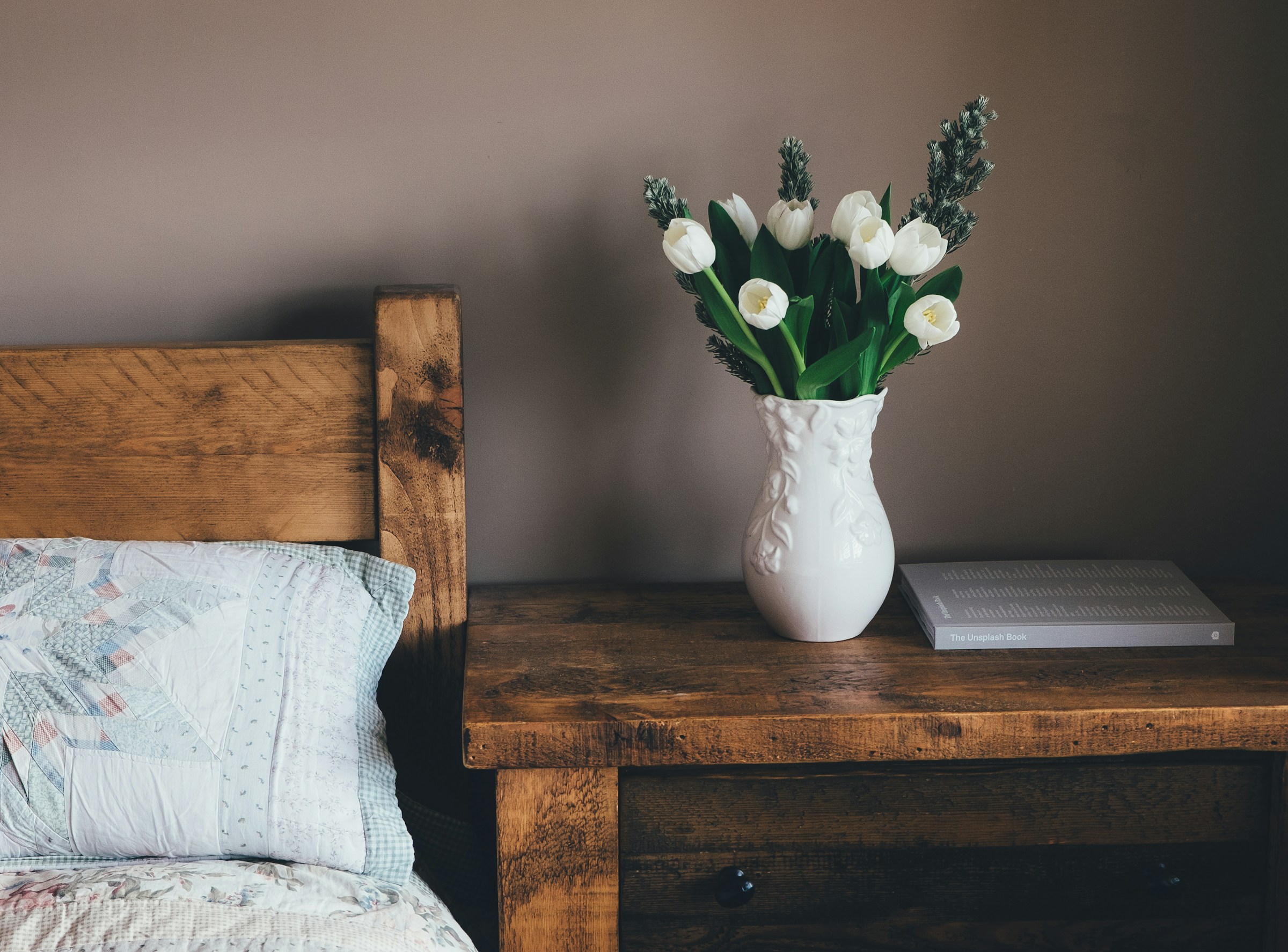Urban living often means trading off wide-open spaces for the hustle and bustle of city life. Yet, the desire for privacy and a touch of greenery in our outdoor living spaces prevails even in the densest of cityscapes. How can you create a green oasis that shields you from prying eyes and the grey concrete surroundings? The solution is surprisingly straightforward – plants. Trees, shrubs, and other native plants can be designed into a beautiful, living privacy screen. This article explores the best ways to use plants for privacy in your garden, backyard, or small outdoor area.
Choosing the Right Plants
Before we dive into the design aspects, it’s crucial to choose the right plants for your privacy screen. It’s not just about picking the tallest or thickest plants you can find. It’s about choosing plants that will thrive in your local area, suit your design concept, and provide the screening you need.
Lire également : What’s the Most Efficient Configuration for a Home HVAC System in a Multi-Level House?
When choosing your plants, consider their size at maturity, growth rate, and how they will interact with other plants in your space. You also need to take into account the plant’s light, water, and soil requirements to ensure they will thrive in your garden.
The best choices are typically native plants. These are plants that are naturally found in your local area. They are adapted to the local climate and soil conditions, which makes them more robust and easier to care for than non-native species.
Lire également : How to Design a Home Bar That Doubles as a Coffee Station?
For a dense, tall screen, consider trees like the American Holly, Arborvitae, or the Eastern Red Cedar. For a lower screen or a textured look, consider shrubs like the Boxwood, Viburnum, or the Privet. These are all excellent choices for urban gardens, known for their hardiness and low maintenance requirements.
Designing Your Living Privacy Screen
Design is an essential aspect of creating a privacy screen with plants. It requires more than simply lining up trees along your fence. A well-designed privacy screen can become a focal point of your outdoor space, enhancing its aesthetic appeal while serving a practical purpose.
Start by assessing your outdoor area. Identify where you need privacy and consider how much space you have available. Visualize how the plants will look when they mature. Remember, trees and shrubs can take several years to reach their full size.
In a small garden or backyard, consider a layered design. Start with taller trees at the back, and then add layers of shorter shrubs and plants in front. This not only creates a dense screen but also adds depth and interest to your garden.
Consider using evergreen plants that retain their leaves all year round. This ensures your privacy screen remains effective even in the colder months when many trees and shrubs lose their foliage.
Planting and Caring for Your Privacy Screen
Once you’ve chosen your plants and designed your privacy screen, it’s time to get your hands dirty. Planting should be done with care, ensuring each plant has adequate space to grow and access to light, water, and nutrients.
Remember to follow the planting instructions for each species. Some plants need more space than others, while some may need staking or support as they grow. Water the plants thoroughly after planting and mulch around the base to conserve moisture and suppress weeds.
Caring for your living privacy screen involves regular watering, pruning, and fertilizing. Pruning helps to maintain the shape of your screen and encourages denser growth. Fertilizing replenishes the nutrients in the soil and promotes healthy, vigorous growth.
Adapting to Urban Conditions
Urban areas often present several challenges for growing plants, including pollution, limited space, and less light due to tall buildings. But with a little creativity and adaptability, these hurdles can be overcome.
If your outdoor area has limited sunlight, choose shade-tolerant plants like Holly, Yew, or certain types of Boxwood. If your space is really limited, consider using trellises or vertical garden systems. These allow you to grow plants upwards, creating a wall of greenery without taking up too much ground space.
For areas with poor soil or a lot of pavement, consider using containers or raised garden beds. These can be filled with high-quality soil and compost, providing an ideal growing environment for your plants.
Merging Aesthetics and Privacy
A living privacy screen doesn’t have to be purely utilitarian. With thoughtful design and plant selection, it can be both functional and beautiful.
Consider incorporating flowering plants for a splash of color. Choose plants with different shapes and textures for visual interest. You can even include plants that attract birds and butterflies, adding life and movement to your urban oasis.
Remember, a garden is a living, evolving space. Don’t be afraid to experiment and make changes as your plants grow and your needs evolve. With patience and care, you can create a beautiful, private green space in the heart of the city.
Selecting the Perfect Spot for Your Privacy Screen
Selecting the spot for your privacy screen is just as important as choosing the right plants. The spot you choose will determine the success of your privacy screen and how well it serves its purpose.
When selecting a spot, try to visualize where you need the most privacy. This could be near a patio, a kitchen dining area, or a spot overlooking the next building. Be sure to consider the direction of sunlight, as this will affect the types of plants you can use. Some plants thrive in full sun, while others need shade.
Measure the area to ensure there’s enough room for your plants to grow. Remember, your plants’ size at maturity can be quite different from their size at planting. Ensure you’ve got enough space for all your chosen plants, including any additional features like trellises or raised garden beds.
If your space is limited, consider using living walls or vertical garden systems. Such systems allow you to grow your privacy screening upwards, giving you a lush green wall without taking up too much space.
Consider the soil condition as well. Some plants thrive in specific soil types. If your chosen spot has poor soil, you might need to use containers or raised beds filled with high-quality soil and compost.
Incorporating Other Features Into Your Privacy Screen
Besides plants, there are other features you can incorporate into your privacy screen to enhance its aesthetic appeal and functionality.
Decorative trellises and pergolas can add a touch of elegance to your screen. These structures can also act as support for climbing plants, adding another layer to your privacy screen.
Lighting can be a great addition to your privacy screen, especially if you spend time outdoors in the evenings. Wall lighting or string lights can add a warm, cozy ambiance to your space. Plus, they can highlight your plants and other features.
If you have enough space, consider adding some outdoor furniture. A small table and chairs tucked away behind your living screen can create a private retreat within your urban setting.
Conclusion: Building Your Private Urban Oasis
Urban living doesn’t have to mean sacrificing your privacy or love for nature. With carefully selected native plants and thoughtful design, you can build a living privacy screen that serves both practical and aesthetic purposes.
Your privacy screen can be a mixture of trees, shrubs and other plants best suited to your local conditions. It can offer sun shade, be deer resistant, and even attract local wildlife. It can be your shield from the outside world, a green retreat in the heart of the concrete jungle.
Remember, creating a living privacy screen is a dynamic process. Your garden will evolve and grow over time. As such, it’s essential to maintain and adapt your privacy screen as needed, pruning and fertilizing your plants regularly to keep them in top condition.
With your living privacy screen, you can enjoy the best of both worlds – the excitement of urban living and the tranquility of a private, green space. And all this, right in the heart of the city. So, get started – your urban oasis awaits you.






